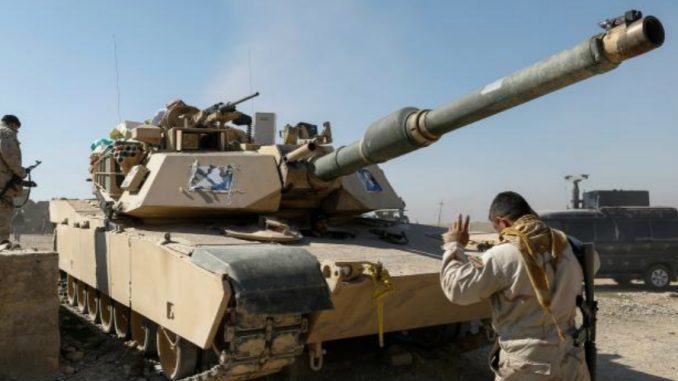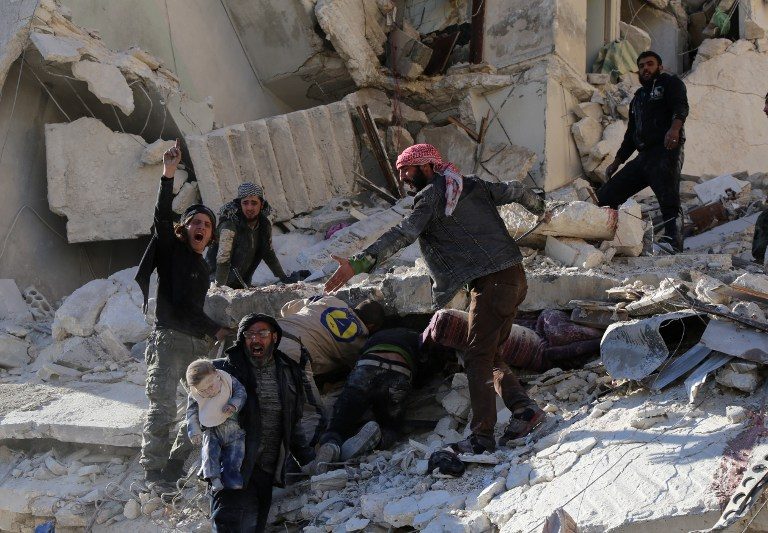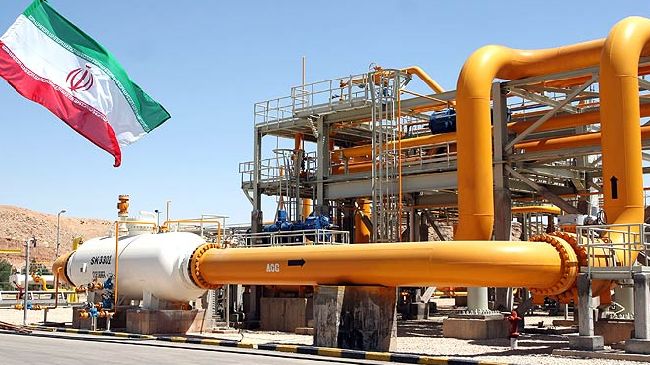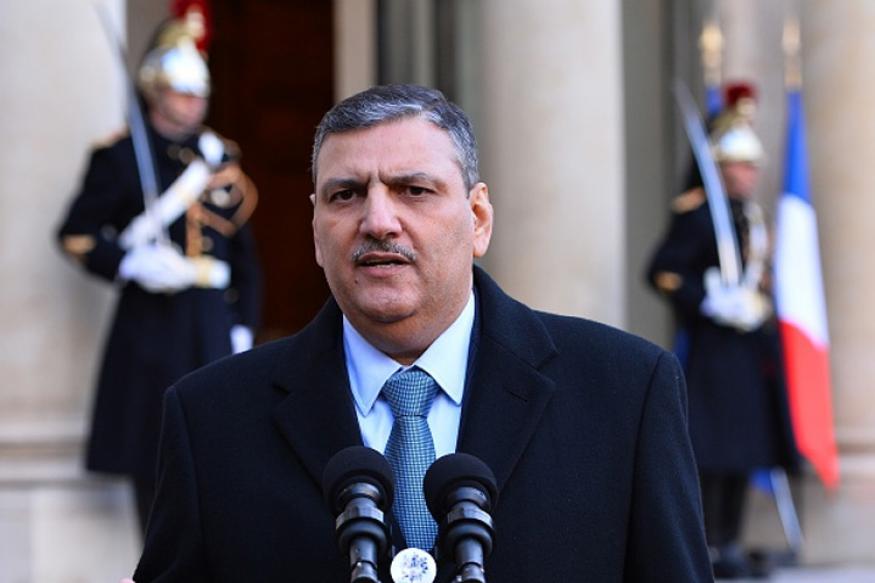
Iraqi security forces backed by US-coalition airstrikes captured Mosul airport from Islamic State on Thursday, achieving a new milestone in the battle and advancing on multiple fronts towards ISIS’s last major stronghold in the western half of the city.
advancing on multiple fronts towards the jihadists’ last major stronghold in the western half of the city.
The United States is providing air and ground support to Iraqi and Kurdish forces trying to dislodge the hardline group from Mosul, captured in 2014.
The offensive paused last month after the capture of the districts lying east of the Tigris river that bisects the city.
Islamic State militants who retreated across the Tigris river to western districts also regularly target civilian areas under government control in the east with mortars and grenades dropped from drones.
Since retrieving eastern Mosul last month, Iraqi forces have advanced in sparsely populated outlying areas but fighting will intensify as they near the teeming inner city of western Mosul
Iraqi federal police and elite interior ministry units known as Rapid Response have made rapid progress towards western Mosul in a sweep from the south through stony desert terrain since launching the offensive’s second phase on Sunday.
After fighting their way with helicopter gunships, machine gunfire, and rocket-propelled grenades to Albu Saif on Monday, Iraqi forces were building up their positions in the hilltop village that overlooks the airport and built-up western Mosul beyond.
Taking the airport back
Iraqi forces reached the “vicinity” of Mosul’s international airport on Monday, the military said. A Rapid Response spokesman said the airport, once retaken, would be a close-support base for the onslaught into the west of Iraq’s second-largest city.
On Thursday, counter-terrorism troops were finally able to recapture the Ghozlani base close to the Baghdad-Mosul highway, which includes barracks and training grounds, a CTS spokesman told Reuters.
Federal police and an elite interior ministry unit known as Rapid Response drove Humvees flying Iraqi flags into the perimeter of the airport, and state television later said they had taken full control of the heavily damaged facility.
The airport and the base, which Islamic State fighters seized when they overran Mosul in 2014, have been heavily damaged by air strikes intended to wear down the militants ahead of the offensive, a senior Iraqi official said.
Islamic State fought back with suicide car bombs, drones carrying grenades and mortars, Reuters correspondents in the area said. The burnt corpses of two militants and the motorcycle from which they had fired at Iraqi forces were lying under a tree, apparently hit by an air strike.
“Daesh (Islamic State) resistance is not inconsiderable but they are trying to save their strength for inside the city,” First Lieutenant Ahmed al-Ghalabi of the Rapid Response force said outside the airport’s main entrance.
Iraqi forces hope to repair the airport and use it as a base from which to drive the militants from Mosul’s western districts where around 750,000 people are believed to be trapped.
UN extremely concerned abut civilians
The United Nations has warned up to 400,000 civilians could be displaced by the offensive and that residents are already suffering from food and fuel shortages.
More than 100 civilians, mostly women and children, fleeing towards Iraqi security forces from the district of al-Mamoun.
Several were wounded and at least one, wrapped in a blanket and carried on the back of a donkey, appeared to be dead, casualties of Islamic State mortars and roadside bombs.
“Daesh fled when counter-terrorism Humvees reached al-Mamoun. We were afraid and we decided to escape towards the Humvees,” Ahmed Atiya, one of the escaped civilians, said. “We were afraid of the shelling.”
“This is a different battle with enormous implications for civilians,” Lise Grande, the United Nations’ Humanitarian Coordinator for Iraq, said. “We have to face the possibility of a siege in the old city.”
The United Nations estimates that up to 800,000 civilians are living in western districts. Grande said up to half of them could flee their homes “in a worst case”, twice the displacement seen in eastern Mosul.
According to the U.N., nearly 200,000 people have been displaced since the October 17 start of the operation to retake Iraq’s second-largest city.
The U.N. Office for the Coordination of Humanitarian Affairs says that 46,000 of them have since returned to their homes.
She said there were currently 20 displacement camps and emergency sites around the city and added that the U.N. and its partners were “rushing to construct new sites south of Mosul.”
The government and humanitarian agencies are constructing emergency sites south of the city and stockpiling key supplies.
Food and fuel supplies are dwindling in the west, markets and shops have closed, running water is scarce and electricity in many neighborhoods is either intermittent or cut off, the United Nations said in a statement.
Few commercial supplies have reached Mosul since the main road to Syria was cut at the end of November.
“We are extremely concerned about the rapid deterioration of the conditions in west Mosul,” Grande said.



